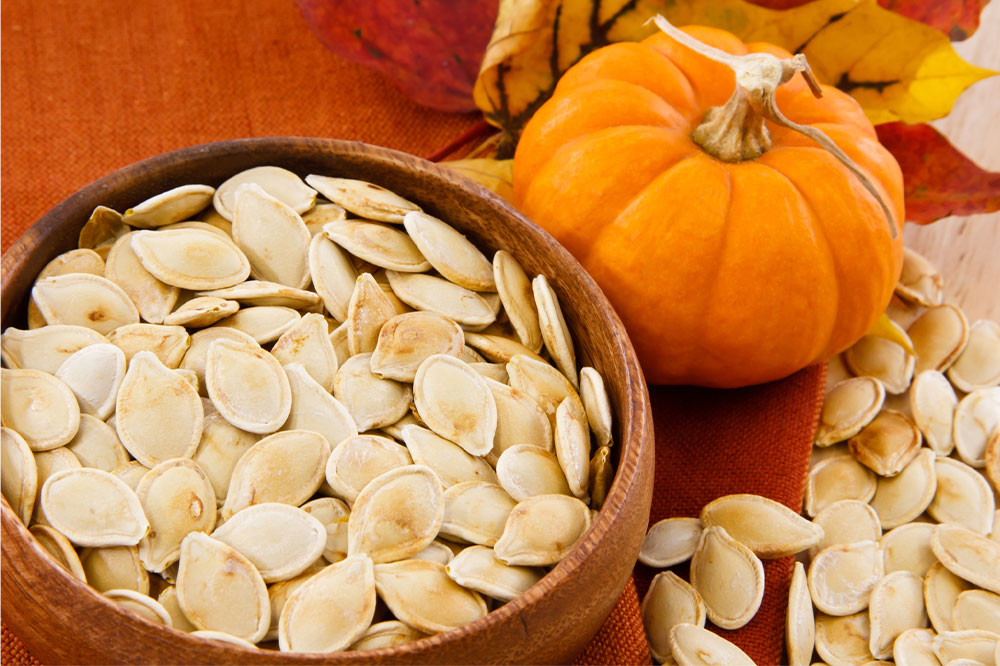Top 9 household items that are linked with cancer
The increasing number of people falling prey to cancer is rising, and ensuring that every home remains safe has become more important. Unbeknownst to many of us, numerous products we bring into our homes repeatedly contribute to the increased cancer risk. From everyday products found in kitchens to unsuspecting items in bathrooms and beyond, we can make changes that can create healthier environments and help prioritize our well-being. Let’s learn which household items to avoid. Cleaning products Most conventional cleaning products are being flagged for being harmful to health. They contain chemicals that make these products endocrine disruptors, carcinogens, and in some cases, respiratory irritants. Various ingredients, including ammonia, formaldehyde, and phthalates, have been researched to be associated with different types of cancer. To avoid the risk of the disease, adopting eco-friendly alternatives with natural compounds is suggested. You can also use kitchen ingredients like baking soda, vinegar, and lemon to make your cleaners at home. Personal care products We are constantly bombarded with a range of personal care products that pop up in the market every day. And this drives our curiosity to try and test various products that claim to have so many benefits. However, some personal care products like soaps, shampoos, deodorants, and others can contain harmful ingredients.
Read More 









